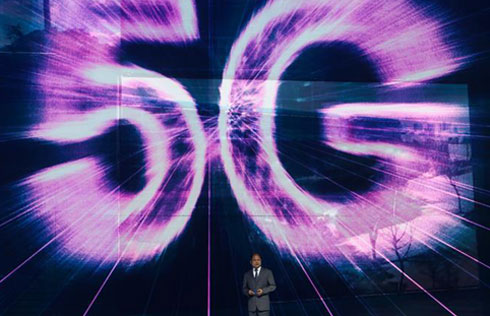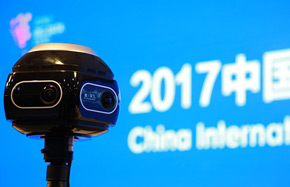Nitrogen oxide key to battling smog
By He Yini (chinadaily.com.cn) Updated: 2014-04-14 10:47
|
 Citizens in Beijing are seen wearing masks while riding on an electric motor cycle amid heavy smog, March 24, 2014. [Photo by Zou Hong / Asianewsphoto] |
Nitrogen oxide emissions, if not properly contained, are expected to hit 35.4 million tons by 2030, and will further put our health in jeopardy, according to Jiang Minglin, counselor of the State Council, the cabinet.
|
 |
|
 |
"One thing we cannot ignore is that motor vehicles, aside from coal consumption, contribute as much as 50 percent to total NOx emissions in mega cities such as Beijing, Shanghai and Guangzhou. That's a huge number," said Wang.
"Mobile sources of NOx, including cars, ships and trains, are difficult to control due to their strong mobility, and has become a blind spot in curbing air pollution," said Jon Li, secretary general of IEEPA.
Inland navigation and railway transportation have been booming in the past few years. Last year, nearly 30 ports saw a throughput of over 200 million tons, some even hitting 800 million tons. Meanwhile, volume of railway freight reached 3.2 billion tons in the same period.
"Behind such a rosy picture hides a huge amount of emissions that weigh heavily on the country's air quality," said Cao Dingliang, general manager of Jiangsu Lvyuan Environmental Protection Technology Co Ltd.
"We have to step up efforts in high-tech innovations to enable green transportation in a bid to contain smog and haze," he added. "Environmental protection should be part of companies' social responsibility."
The company has blazed a trail in the field with a selective catalytic reduction system that aims to reduce and purify nitrogen oxides and sulfur oxides emissions by diesel engines with large power, with the maximum conversion rate from NOx to clean gases able to reach up to 95.7 percent.
 Smoggy memories |
 Top 10 products minting most from smog |
- China 'incredibly innovative' in many areas: Apple CEO
- City official: Guangzhou further committed to opening-up
- Jack Ma: Globalization backed by technology will cut inequality
- HNA confirms interest in ASEAN's infrastructure investment
- Comments on Xi's letter to 2017 Fortune Global Forum
- China to create more opportunities for the world: Xi
- US tax cuts impact on China two-sided: economists
- Chinese enterprises job fair to be held in Sri Lanka

















